Kenyan Prison Uses Constructed Wetland to Improve Sanitation
The low cost, low maintenance system proves better for small communities than traditional waste water treatment.
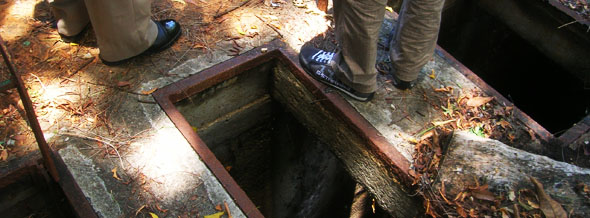
By Brett Walton
Circle of Blue
NAIROBI, KENYA – Two manmade streams flow across the grounds at Shimo la Tewa prison near Mombasa, Kenya. Though the temperature has pushed past 90 degrees Fahrenheit in this balmy tropical region, these are not cooling waters to wade into.
One stream is greywater from the prison’s kitchen and showers, which is channeled into a concrete culvert. The other is untreated human waste discharged from the collapsed pump system along the ocean side of the exterior wall.
“The smell is very bad,” Senior Sergeant Paul Cheruiyot told Circle of Blue. “It was hard to work near here. People passing on the road outside the fence complained too. There was public outcry.”
Public concern was so great that Kenya’s National Environmental Management Authority sued the prison in 2008 for polluting surface waters, said Cheruiyot, who has worked at Shimo la Tewa for five years.
The prison’s location on emerald-tinted Mtwapa Creek is only 500 meters from the Indian Ocean. The polluted water was beginning to affect human health and the vitality of fish stocks essential to the local economy, said Francis Kipkech, acting director of the Coast Development Authority.
The managers of Shimo la Tewa, who oversee 2,500 maximum security prisoners and 1,500 staff, had already recognized the damage the untreated waste water caused. Just before the lawsuit was filed, prison officials had started a project to replace the pumped system with a constructed wetland.
The phrase might sound like an oxymoron, but constructed wetlands are an increasingly popular sanitation technique for improving water quality. Environmental economics experts are emphasizing the benefits a healthy ecosystem provides, which was one of the main themes at a United Nations Environmental Program conference on Saturday.
UNEP hosted the conference in anticipation of today’s World Water Day events in Nairobi. The gathering is one of several periodic high-level summits held to draw attention to the role that freshwater plays in the world.
However, the constructed wetland takes the idea a step farther: creating a natural ecosystem where one does not already exist. The wetland’s appeal rests in its capacity to clean water with lower costs and less maintenance than systems with pumps and chemical treatment.
“Annual operating and maintenance costs for the constructed wetland are roughly $50 per person served, compared to $300-$500 per person for the pumped systems,” said Dr. Johnson Kitheka, a project officer for UNEP, which is contributing nearly half of the project’s $430,000 cost.
Shimo la Tewa’s new system uses gravity to pipe waste water 200 meters away from the main prison buildings to a screen that traps the solid waste. The remaining effluent enters a septic tank to break down anaerobically before it flows through the wetland, which is filled with plants that naturally filter pollutants, such as water hyacinth.
When the wetland is completed in April 2010 it will provide the added benefit of recycled water that the prison can put to economic use. Shimo la Tewa will install aquaculture ponds that will create work for prisoners at a neighboring minimum security facility, Cheruiyot said. Any excess water will irrigate plants on the prison grounds.
Not everything in the prison’s plan is perfect, though. Several water quality experts visiting the site said that the solid waste should be removed earlier in the system, and some wondered why costs to remove waste while the project is being built were not included in the budget.
Despite this, many people hope that constructed wetlands can become another viable tool to manage sanitation. Because this is the first project of its kind in Kenya, it is being modeled after two successful wetlands in Tanzania.
But for the project beneficiaries, the gains are more immediate.
“When it’s complete, we will have a lot of what we didn’t have before,” Kipkech said. “The effluent will not get to the ocean, and the prison grounds will be cleaner.”
Brett writes about agriculture, energy, infrastructure, and the politics and economics of water in the United States. He also writes the Federal Water Tap, Circle of Blue’s weekly digest of U.S. government water news. He is the winner of two Society of Environmental Journalists reporting awards, one of the top honors in American environmental journalism: first place for explanatory reporting for a series on septic system pollution in the United States(2016) and third place for beat reporting in a small market (2014). He received the Sierra Club’s Distinguished Service Award in 2018. Brett lives in Seattle, where he hikes the mountains and bakes pies. Contact Brett Walton


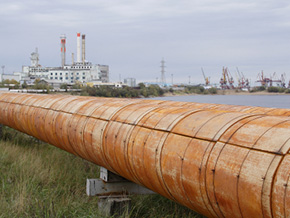
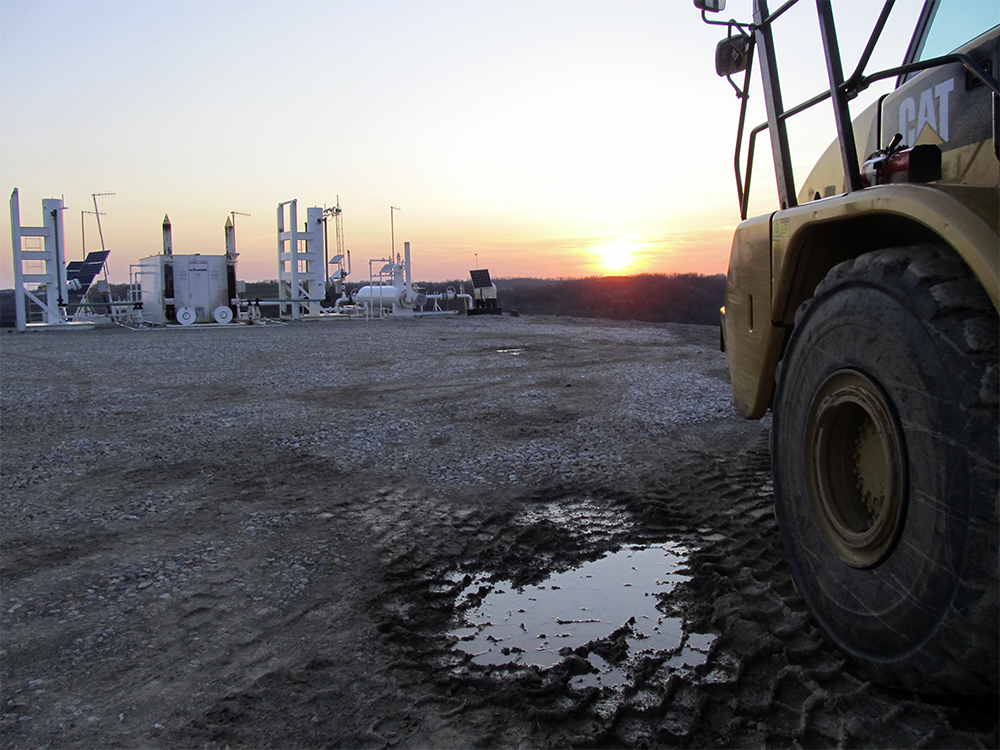
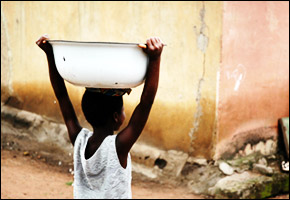
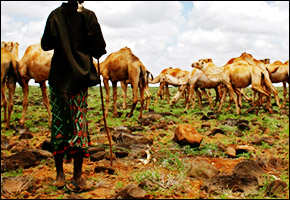


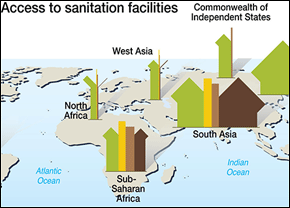
Leave a Reply
Want to join the discussion?Feel free to contribute!